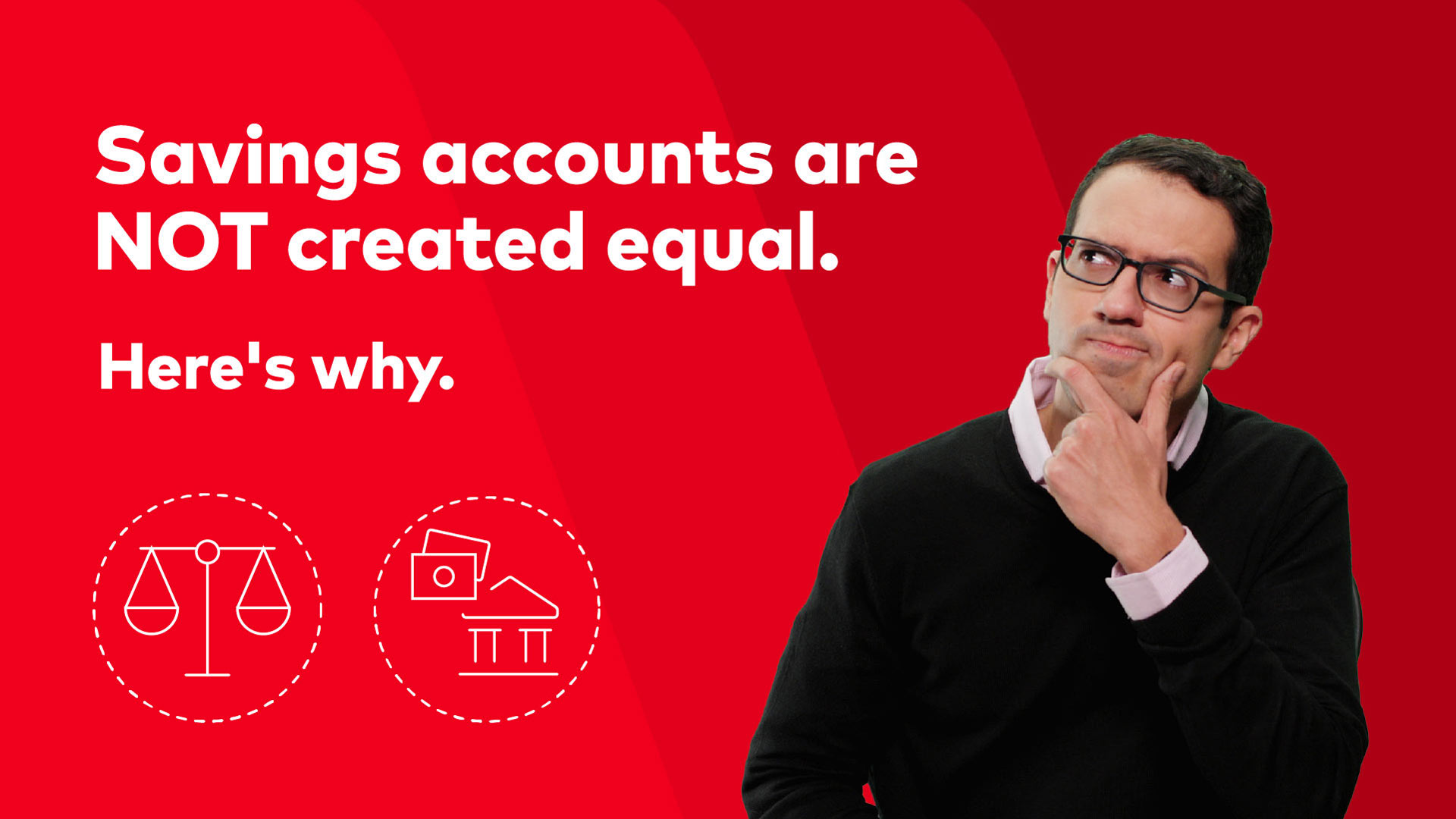Explore essential tips for creating a strong emergency savings base. Find out how setting aside funds can transform your financial health and offer lasting peace of mind.
The power of emergency savings

April is Financial Literacy Month—and it's a great opportunity to reflect on habits that can help you stay as financially healthy as possible. Having emergency savings is more than just a safety net. It's a cornerstone of financial well-being. Setting aside money for life's unexpected twists and turns can give you several advantages that go far beyond just "staying prepared." Let's explore why establishing an emergency fund is a small but important step toward financial health and increased overall well-being.
Emergency savings can point to better financial health
How would you rate your financial well-being right now? Recent research has shown that having at least $2,000 in emergency savings is linked to a 21% higher financial well-being score.1 Since having assets of $1 million or more is associated with an 18% higher financial well-being score, the power of a relatively small emergency savings fund can't be ignored. And saving 3–6 months' worth of expenses is also associated with a 13% higher financial well-being score after taking income, debt, and other financial assets into account.2
The hidden benefits: Time and productivity
One of the most important things we've learned from years of research is that the weight of financial stress can limit people's performance in the workplace. People without emergency savings reportedly spend about 6 hours distracted by financial stress during the average work week, while those with savings averaged fewer than 2 hours of distraction.2
Investors without emergency savings also spend nearly double the time—about 7 hours per week—managing their finances, compared with those who have at least $2,000 in savings.2
The takeaway? Having adequate emergency savings can unlock more freedom and productivity at work and at home.
3 simple habits that can boost your financial security
Deciding where to put your next dollar is no small decision, especially when you're juggling competing financial priorities. Here's a simple guide:
Getting a handle on your competing financial priorities can make your financial life feel a lot more manageable. That can translate to less stress for you—and a greater sense of well-being.
The way you save matters
Many investors don't realize that savings accounts aren't created equal. The difference in growth potential between a low-yield account—like a traditional savings account—and a high-yield account can be substantial. Over 12 months, a $10,000 initial deposit in a high-yield account with a hypothetical annual percentage yield (APY) of 3.50% compounding daily would earn you $356.18, while the same deposit in a low-yield account with a hypothetical 0.07% APY would earn only $7. Over 24 months, the difference grows to $725.05 versus $14.01. That's a big gap—and it gets even bigger over time!
APY can affect your bottom line, so it's important to find an account that offers a competitive rate and gives your savings more room to grow. Putting your savings in a high-yield account is a small but powerful way to set yourself on a path toward more peace of mind and greater financial security.
Start saving smarter for emergencies


